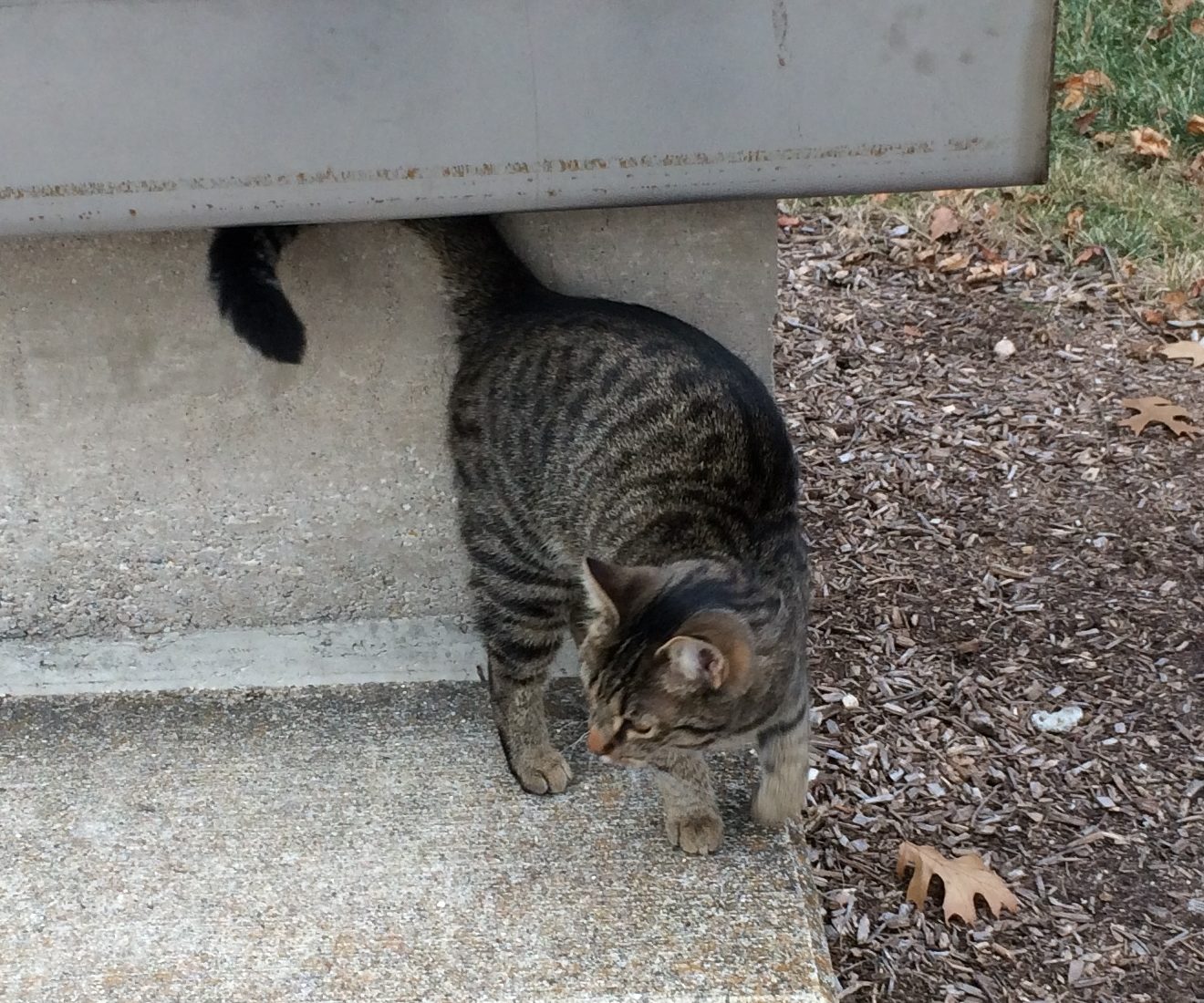We didn’t go to St. Louis just after Christmas, much less time travel to St. Louis to see the 1904 Louisiana Purchase Exposition. But in a way, we did.
“Occupying two square miles on the western side of St. Louis, the 1904 World’s Fair was the largest in history, with 1,272 acres containing more than 1,500 buildings,” Serious Eats tells us.
“At the heart of the exposition were 11 monumental ‘palaces,’ each dedicated to a subject, such as Electricity, Fine Arts, Horticulture, or Machinery. Sixty-two countries and 42 American states had their own halls or buildings, where they displayed the highest achievements of their cultures and economies… They were designed not to endure for the ages but to captivate the crowds for a brief moment.”
With a few exceptions. The former Palace of Fine Arts is now the St. Louis Art Museum in Forest Park, which we visited during one of our trips to St. Louis. The Connecticut Building at the fair is now the Haan Mansion Museum of Indiana Art in Lafayette, Indiana. That’s where we went during our end-of-December trip.
 We arrived about 30 minutes before closing on December 27, but decided pay the admission and look around anyway. Glad we did. Time was short, but one of the volunteers gave us a tour. Spontaneously, since (I think) admission normally gets you a self-guided tour.
We arrived about 30 minutes before closing on December 27, but decided pay the admission and look around anyway. Glad we did. Time was short, but one of the volunteers gave us a tour. Spontaneously, since (I think) admission normally gets you a self-guided tour.
She took us from room to room, each well appointed, noting some of the museum’s highlights — paintings by Indiana artists, ceramics, bronzes, towering grandfather clocks, a wide array of other antique furniture, a model train that traversed between two rooms, and this time of the year, Christmas trees and wreaths and other elaborate seasonal decor. Especially prominent on the walls were works by T.C. Steele, Hoosier landscape painter of renown, with numerous other Indiana artists represented as well. Though it’s a fine house museum, the Haan’s specialty is art created in Indiana.
Our guide also told us the story of how the house ended up in Indiana after its stint at the 1904 World’s Fair. The tale began in Connecticut.
“The Charles and Lydia Sigourney mansion in Hartford provided the inspiration for the building,” writes the the Connecticut Historical Society’s Karen DePauw. “The Connecticut commissioners to the Exposition felt the house represented colonial ideas, as well as stood for cultural and social life in present-day Connecticut. Edward T. Hapgood was hired as the architect, and H. Wales Lines Co. served as builders.”
A wealthy fellow from Lafayette, one William Potter, visited the fair and liked the house so much he bought it. Or rather, his wife liked the house so much he bought it and had it rebuilt in Indiana for them to live in: three full floors, a basement, seven fireplaces, five-and-a-half bathrooms, a 26-light brass-and-crystal chandelier, and a double staircase leading to the second floor, among other posh features.
Closer to our time, the Haans, who made their money selling sewing kits to junior high schools, acquired the property in the 1980s as a residence. They’re also collectors of Indiana art, which accumulated over the decades — as things do in a house — and a few years ago they deeded the house to a nonprofit to display their collection.
Behind the house is more art: a sculpture garden sporting Indiana-created work. Such as “Venus Rising” by Tuck Langland of Granger.
 “The Miner” by Peter Rujuwa.
“The Miner” by Peter Rujuwa.
 Rujuwa, originally from Zimbabwe, now of Indianapolis, also did “The Guitarist.”
Rujuwa, originally from Zimbabwe, now of Indianapolis, also did “The Guitarist.”
 “Metal Menagerie” by Roy Patrick of Lafayette.
“Metal Menagerie” by Roy Patrick of Lafayette.

 “Garden Art” by Kathleen Kitch of Lafayette.
“Garden Art” by Kathleen Kitch of Lafayette.
 Pretty soon we noticed something moving in the sculpture garden. A little cat.
Pretty soon we noticed something moving in the sculpture garden. A little cat.
 He followed us around for a while, but then lost interest and spent time climbing trees behind the artwork.
He followed us around for a while, but then lost interest and spent time climbing trees behind the artwork.